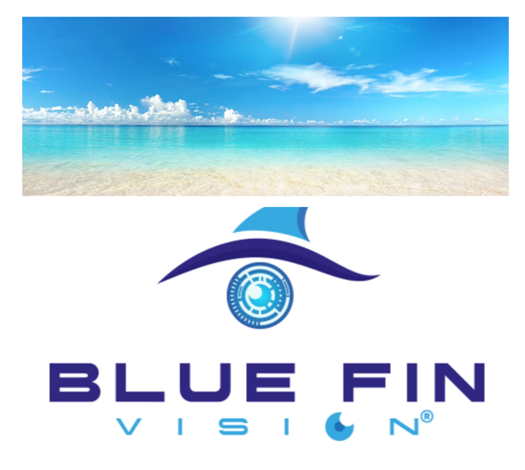What Is Refractive Lens Exchange? A Manual to Modern Vision Improvement
What Is Refractive Lens Exchange? A Manual to Modern Vision Improvement
Blog Article

Developments in ophthalmology have changed just how we appropriate vision. From laser-based procedures to intraocular Lens alternatives, patients nowadays have a wide selection of options designed to their individual visual needs. Among the absolute most distinguished procedures are Refractive lens exchange.Each technique acts a particular purpose and is suitable for various age brackets, Eye problems, and lifestyle preferences.
Lens Replacement Surgery and Refractive Lens Exchange are tightly related practices used largely for persons around 40 who are experiencing presbyopia or are not excellent prospects for laser perspective correction. In this process, the normal Lens of a person's eye is replaced with an artificial intraocular Lens (IOL) to enhance concentration and reduce dependency on cups or contact lenses. It is especially good for individuals with large refractive mistakes or those looking for a long-term solution that also eliminates the chance of future cataract development.
ICL Surgery involves the implantation of a smooth, variable Lens behind the iris and facing the normal lens. Unlike Lens Replacement, ICL does not remove the natural Lens, making it a reversible procedure. It is extremely ideal for young patients with thin corneas or people that have average to high levels of nearsightedness who are perhaps not excellent individuals for LASIK or PRK. Among the crucial benefits of ICL could be the storage of corneal muscle, which can be important for long-term ocular health.
Cataract Surgery is frequently done once the normal Lens becomes clouded, generally because of aging. In this treatment, the gloomy Lens is eliminated and replaced with an obvious IOL. Technical advances have created cataract surgery safer, faster, and more accurate, often enhancing equally vision quality and overall quality of life.
Laser Eye Surgery, including LASIK, continues to be certainly one of the most used practices for solving refractive errors such as myopia, hyperopia, and astigmatism. LASIK involves reshaping the cornea using a specific laser to permit gentle entering the attention to be correctly concentrated onto the retina. The email address details are generally immediate, and healing times are short. LASIK is ideal for people with secure medications and adequate corneal thickness.
Selecting the most appropriate vision modification procedure depends upon a few factors, including age, prescription, corneal health, life style, and particular expectations. A thorough Eye examination done by a competent ophthalmologist is vital in deciding probably the most ideal treatment path.
To conclude, contemporary vision correction procedures are safe, effective, and extremely customizable. Whether you are looking to get rid of your dependence on corrective lenses or handle age-related changes in vision, today's advanced operative possibilities present trusted and lasting results. With the right evaluation and advice, apparent perspective could be a reality for a wide selection of individuals. Report this page